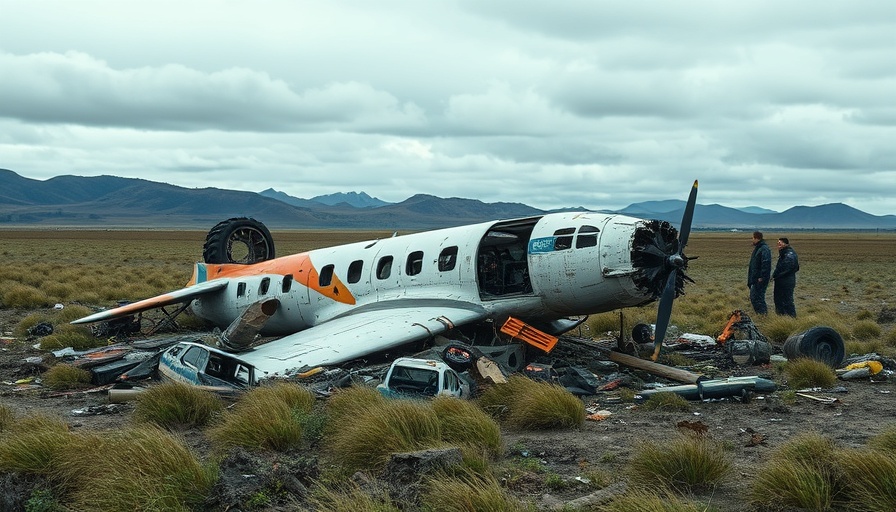
The Tragic Downfall of a Pave Hawk Helicopter: A Community's Loss
On a seemingly tranquil winter evening in 2014, the English village of Cley next the Sea faced an unthinkable tragedy. The area, known for its picturesque surroundings, became the site of a devastating accident when a flock of geese collided with a US Air Force Pave Hawk helicopter. This event highlighted the unforeseen dangers aviators face and left a lasting impact on both the military community and local residents.
Understanding the Pave Hawk's Role in Military Operations
The Sikorsky HH-60G Pave Hawk is a vital component of the United States Air Force’s rescue missions. Designed for low-altitude flying, it operates in hostile environments where traditional aircraft might struggle. While the Pave Hawk had been serving since 1982, its utility in operations like personnel recovery around the world has kept it in service. Unfortunately, its exceptional capabilities did not shield it from the hazards posed by wildlife.
Mission Details: A Heroic Training Exercise Gone Wrong
The ill-fated Pave Hawk, tail number 88-26109, was part of a training exercise focused on rescuing a hypothetical downed pilot. As the crew departed from RAF Lakenheath, they planned to complete a nighttime maneuver that required navigating at low altitudes. On this night, bird activity was notably high; the Wildlife Trust reported around 400 geese were roosting nearby, creating a substantial risk for the buzzing helicopters.
The Importance of Bird Strike Awareness in Aviation
The incident underscores a critical aviation concern: bird strikes. The UK Military Low Flying Handbook recommends avoiding flight within 500 feet of known habitats for migratory birds, emphasizing precautionary measures for low-altitude missions. However, the necessity of their mission compelled the crew to operate below this safety threshold, ultimately leading to their tragic fate.
Response to the Incident: Safety Protocols Reassessed
This incident has triggered a re-evaluation of safety protocols surrounding low-level flying. With a spotlight on the risks associated with migratory patterns and local wildlife, both the military and civil aviation authorities are reassessing operational strategies to mitigate risks and enhance the safety of flight operations. The loss of the crew serves as a solemn reminder of the inherent dangers in aviation and the need for comprehensive preparation.
Remembering the Lost Crew Members
The community of Cley next the Sea and the wider military family mourned the crew's loss deeply. Their commitment to service was a contribution to the safety and security of many. As autumn transitions into memory, this tragedy continues to serve as a poignant lesson—and a shout-out for greater awareness and caution among aviators.
What Can You Do? Be Informed and Supportive
As this incident reveals, aviation safety requires ongoing vigilance and community support. Engaging with local government and military representatives can foster transparent discussions about safety measures and wildlife management in flight paths. Awareness can lead to better prevention strategies and collective community efforts in advocating for both local wildlife habitats and aviation safety enhancements.
 Add Row
Add Row  Add
Add 




Write A Comment